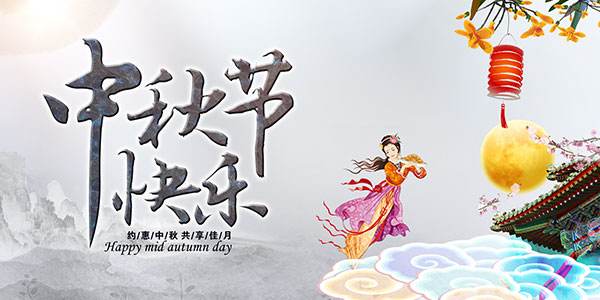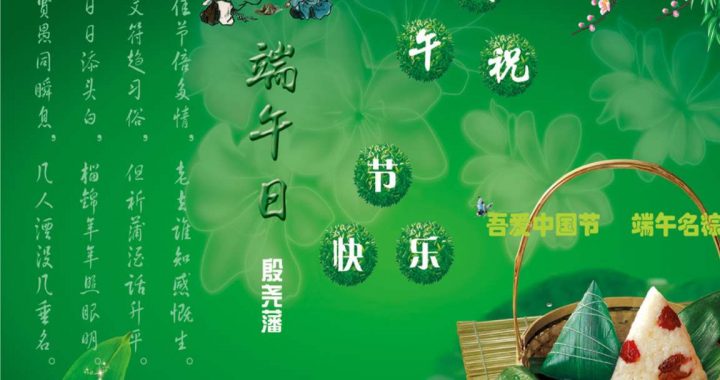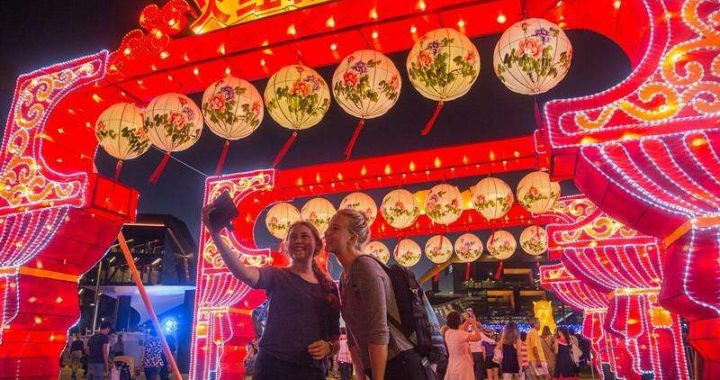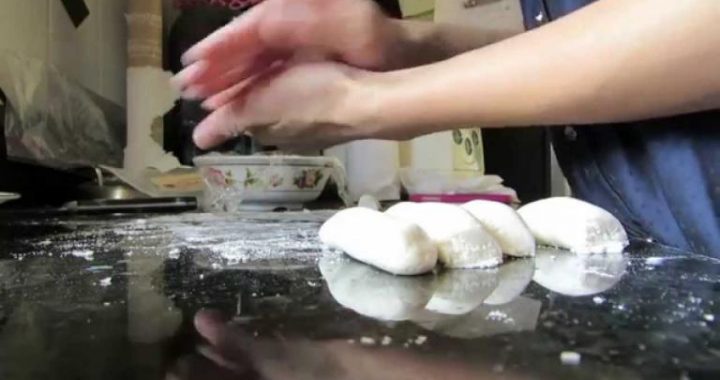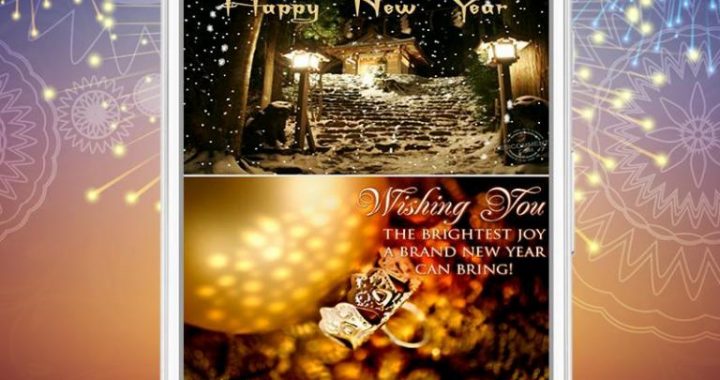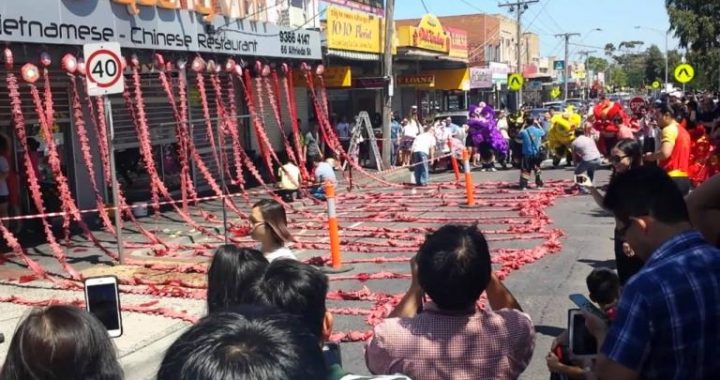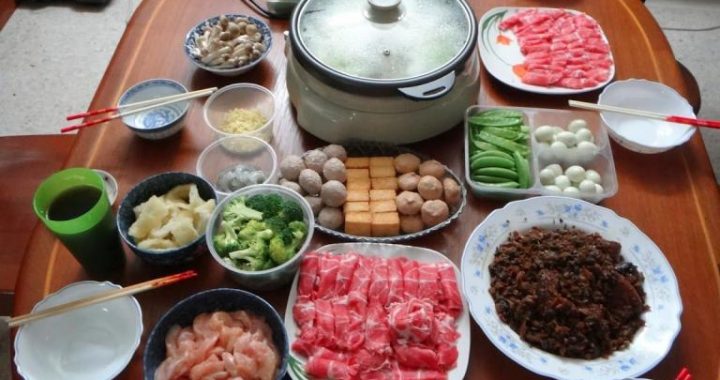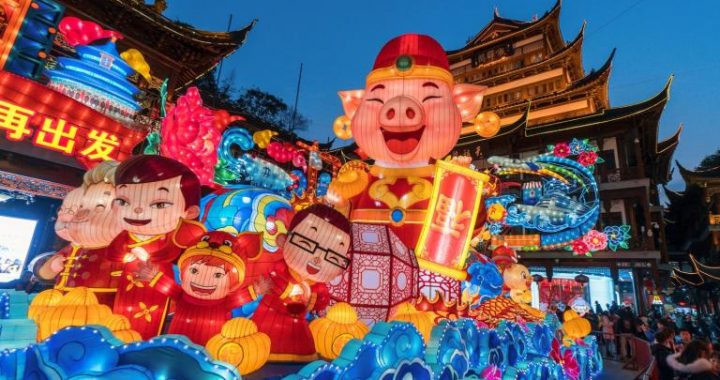The Pure Brightness Festival
3 min readThe Pure Brightness Festival is the time when Chinese worship nature and their ancestors. To worship ancestors is the centerpiece of the art works on the subject.
A society of natural farming economy employed slash-and-burn cultivation, burning mountains and destroying forest Spring was a time when grass and trees start sprouting. To keep a balanced ecology and to preserve a better living environment was a necessity to human being’s own survival. It was said in Li Ji,”During this month, the air pressure of the sky comes down and the air pressure of earth rises up. When the sky and earth come together, grass and trees germinate. It is an edict from god to start farming. “”It calls to respect mountains, forests, rivers and ponds, and to preserve female animals” To alert people not to cut trees, nor to kill female livestock in the time of spring propagation, no fire was allowed on the Pure Brightness Day. All cooked food had to be made the day before. On this day, every household had willow twigs on the door to welcome the arrival of spring. People also wore willow twig in their hair, and prepared lots of steamed bread or floury flower of “Cold swallow” to put on willow branches and jujube twigs to hang from the ceiling. It was a way to mimic the spring time on earth for the return of birds and swallows. A floury flower “Swallow plate”was a symbol of the universe, with a full fledged swallow and a bunch of young swallows perching on it Floury flower ‘Cold swallow” hanging inside the cave (Yanchuan, Shaanxi) Floury flower “Swallow plate, “showing rotating border flower decoration, with a mother swallow in the center holding the light in the mouth, surrounded by a flock of young swallows (Zhongyang, Shanxi).
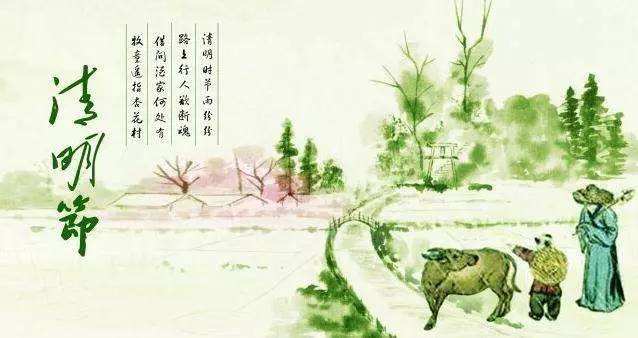
In central China’s northern Shaanxi area a large paper-cut of fishnet symbol is placed over the tomb of the ancestors on the Pure Brightness Day. It was the same symbol of perpetual life from 6,000-year-old Banpo Culture. Origami in green and red paper in the shape of character “Wan,”a symbol of revolving perpetuity, are scattered around the tomb. In northeast China, Manchurian makes a 3-segment “sky reaching” post to place on ancestor’s tomb, with a large white flower (the sun)on the top and colorful ribbon pendants as the “sun rays.”
The “Pure Brightness Cone’ plugged on the tomb of ancestors to worship by Miao ethnic group (Chishui, Guizhou).
Red flower origami, with colorful ribbons radiating as sun rays, placed on ancestors’to’ on the Pure Brightness Day (Yan’an, Shaanxi).
“Fotuo’ origami of Manchurian ethnic group to place on ancestors’ tomb to worship (Xinbin, Liaoning).
For Miao ethnic group in the southwest region, it is the “Pure Brightness Cone”for their ancestors. A single cone is for parents; two for grandparents; and three for ancestors from great grandparents and up. A bamboo pole goes through the cone with every layer reaching out to the sky. There are three segments above the top layer carrying three branches and three flowers on each segment pointing in different directions, a total of nine branches and nine flowers. On the very top is a large white flower with colorful ribbon pendants to carry money. The Pure Brightness Cone symbolizes the origin of life, and the branches and flowers are the tree of life.
Folk paper-cut the “Eight diagrams gourd” to keep evil spirits away on the Dragon Boat Day during thefifth lunar month (Jiaocheng, Shanxi).
